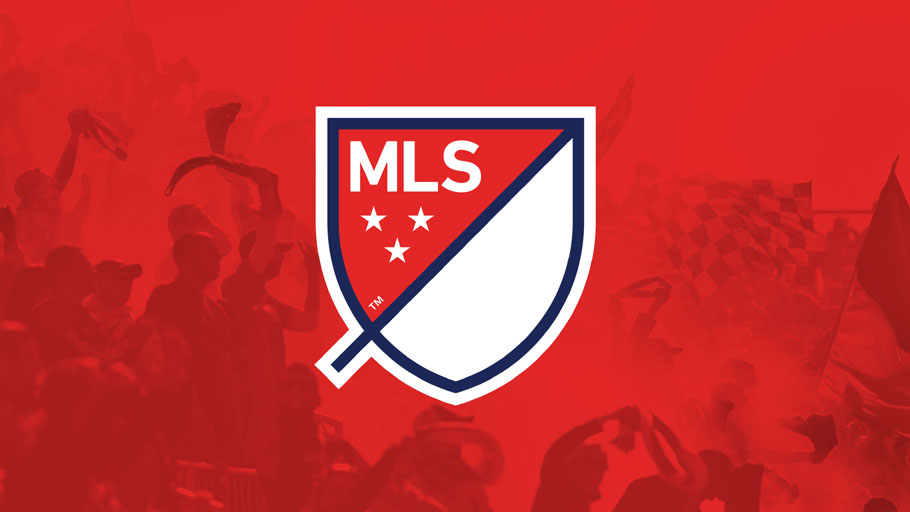Major League Soccer (MLS): The Evolution and Impact of North America's Premier Soccer League
Introduction
Major League Soccer (MLS), founded in 1993, has become the cornerstone of professional soccer in North America. Over the years, the league has evolved, expanding its reach, elevating the sport's popularity, and fostering a new generation of soccer enthusiasts. MLS has played a pivotal role in shaping the soccer landscape on the continent, while also contributing to the global growth of the beautiful game.
Foundation and Growth
MLS was established with the goal of cultivating soccer talent, providing fans with high-quality matches, and promoting the sport's growth in the United States and Canada. The league's inaugural season took place in 1996 with ten teams. Since then, MLS has grown steadily, both in terms of the number of teams and its impact on the sport's popularity.
Soccer-Specific Stadiums
One of the key markers of MLS's growth has been the development of soccer-specific stadiums. These venues are designed to enhance the fan experience and create an intimate atmosphere for matches. The construction of these stadiums has allowed clubs to establish strong connections with their communities and foster a dedicated fan base.
Expansion and New Markets
MLS has continuously expanded its reach by adding new franchises to the league. The expansion has not only introduced soccer to new markets but also ignited passionate fanbases in cities across North America. New teams bring a sense of excitement, diversity, and competition to the league, further elevating its profile.
International Stars and Local Talent
The league's appeal has been amplified by the presence of international soccer stars who have joined MLS clubs during various stages of their careers. These players bring their global experience and skills to North American audiences, raising the level of competition and attracting more attention to the league. MLS's commitment to developing local talent alongside international stars has created a dynamic blend of players from different backgrounds.
Supporter Culture
A hallmark of MLS is its vibrant supporter culture. Fans play an active role in the league's success by creating unique traditions, chants, and tifos that contribute to the electrifying atmosphere in stadiums. The interaction between supporters and players has helped foster a strong bond that defines the league's identity.
Global Partnerships and Impact
MLS's influence extends beyond the field through various partnerships and collaborations with global soccer organizations, such as CONCACAF and FIFA. These partnerships have contributed to the growth of soccer across the region and have positioned MLS as a key player in the international soccer landscape.
Soccer's Rising Popularity
MLS has played an integral role in elevating soccer's popularity in North America. The league's matches, including the MLS Cup, capture the attention of millions of fans, fostering a sense of unity among supporters and contributing to the growth of soccer as a mainstream sport.
Future Prospects
As MLS continues to evolve, the league's future prospects are promising. With ongoing expansion, the development of young talent, and the pursuit of excellence, MLS is poised to solidify its place as a major player in the global soccer community. The league's commitment to innovation and growth ensures that its impact will extend far beyond the pitch.
Conclusion
Major League Soccer has redefined the soccer landscape in North America, capturing the hearts of fans and contributing to the global popularity of the sport. Its evolution, expansion, and commitment to excellence have created a platform for talented athletes, passionate supporters, and exciting matches. MLS's journey is a testament to the power of soccer to unite communities, inspire generations, and create lasting memories on and off the field.










































































.jpg)



